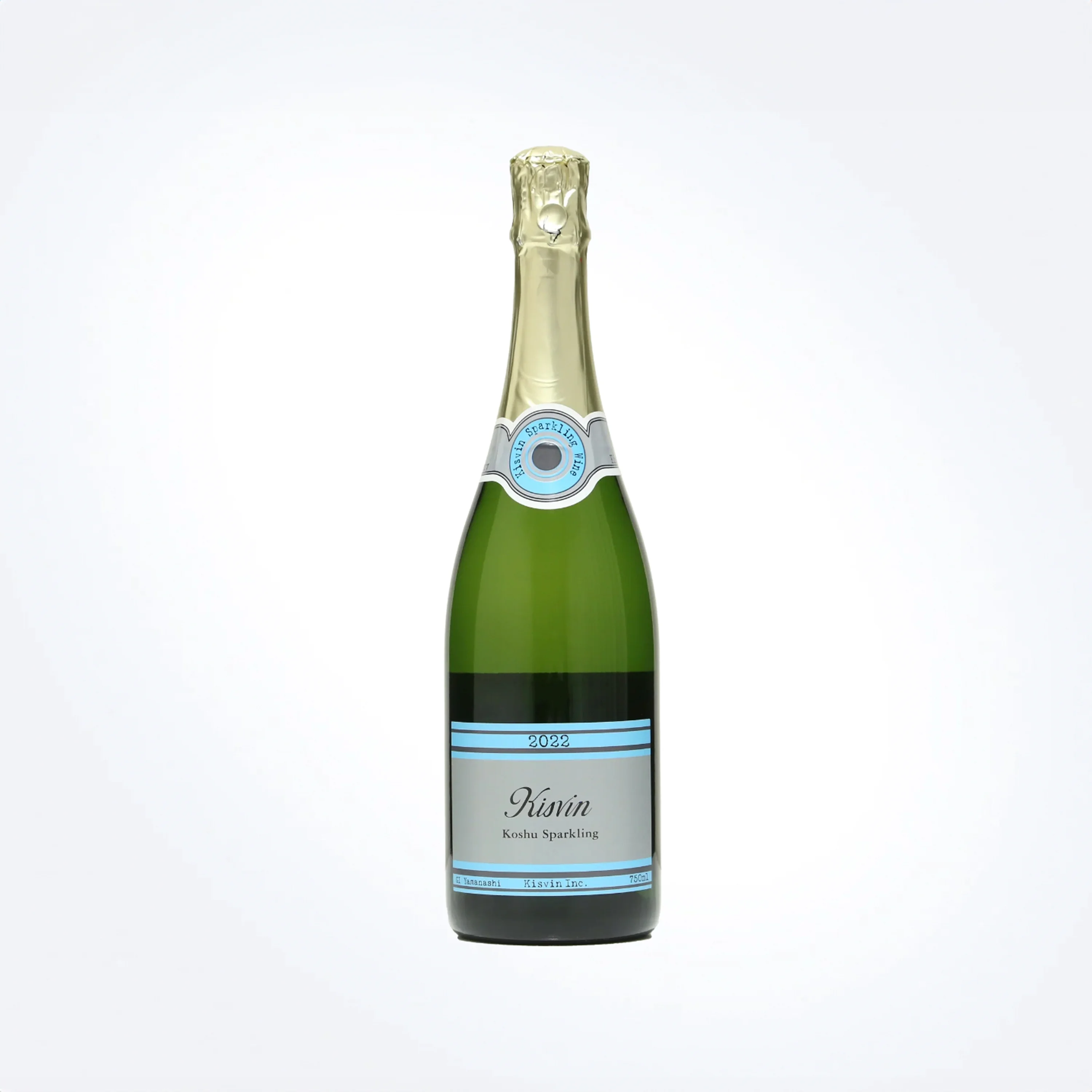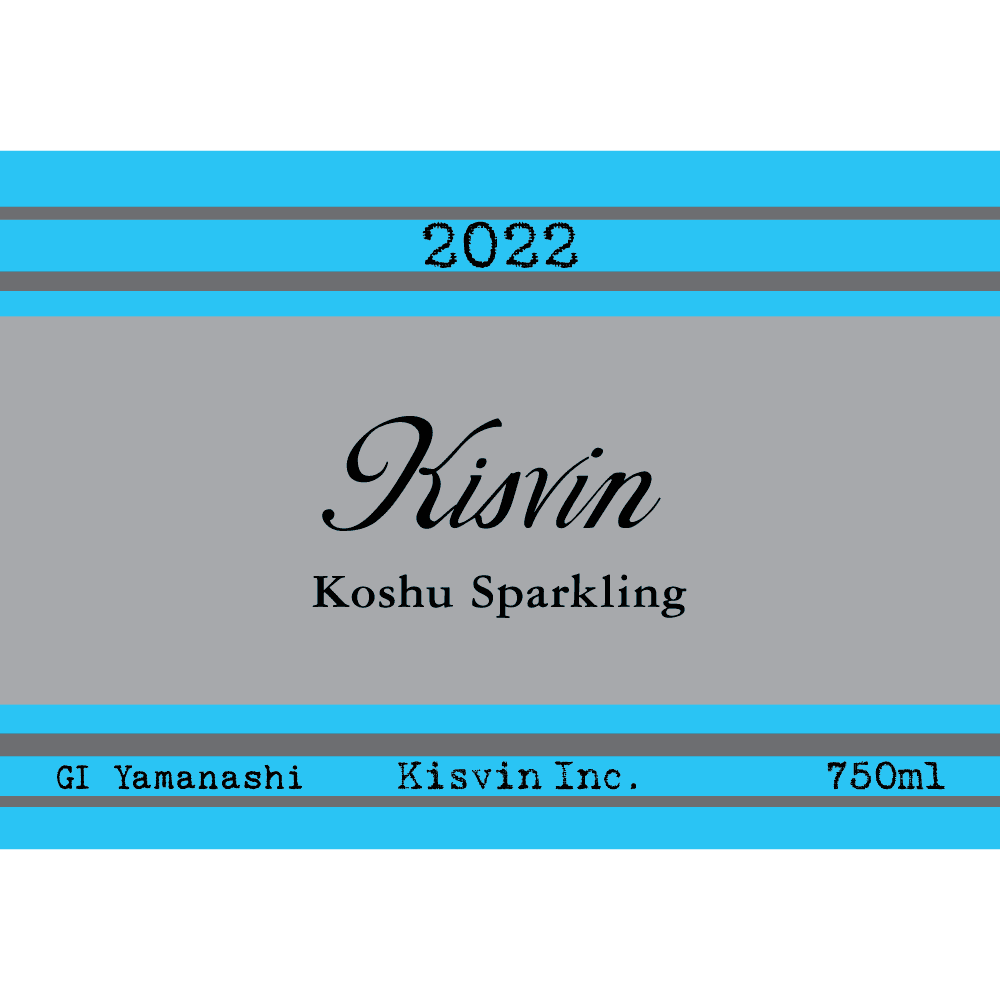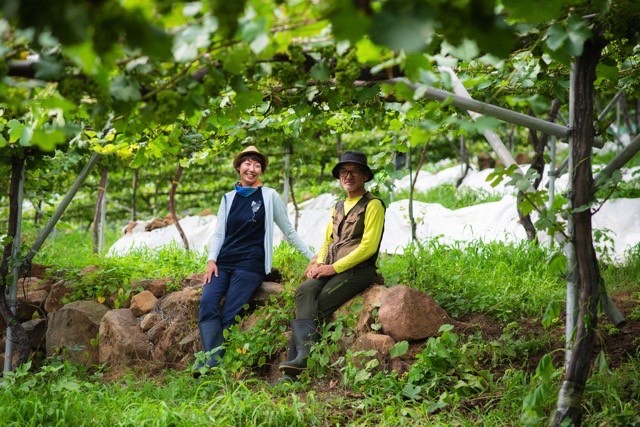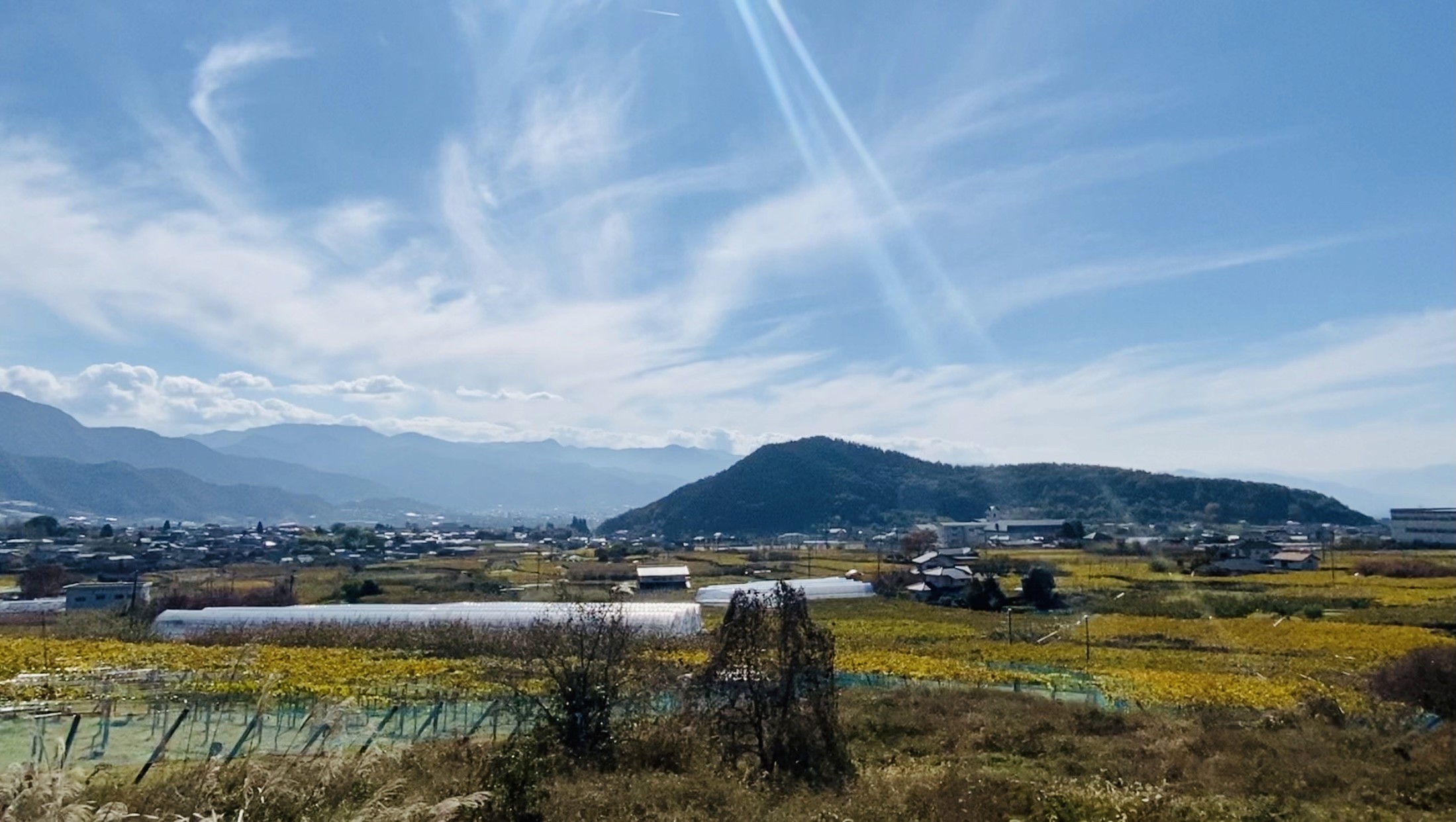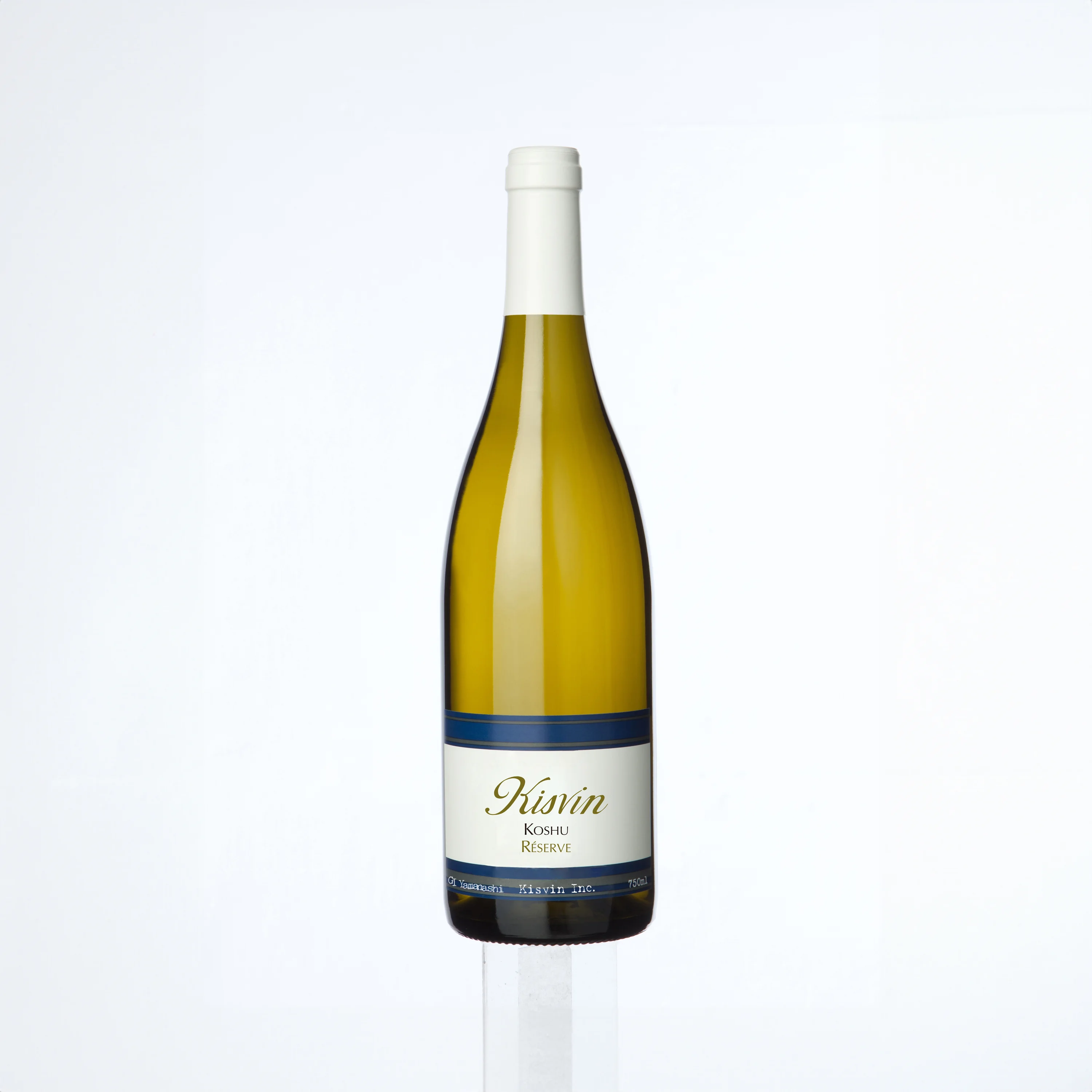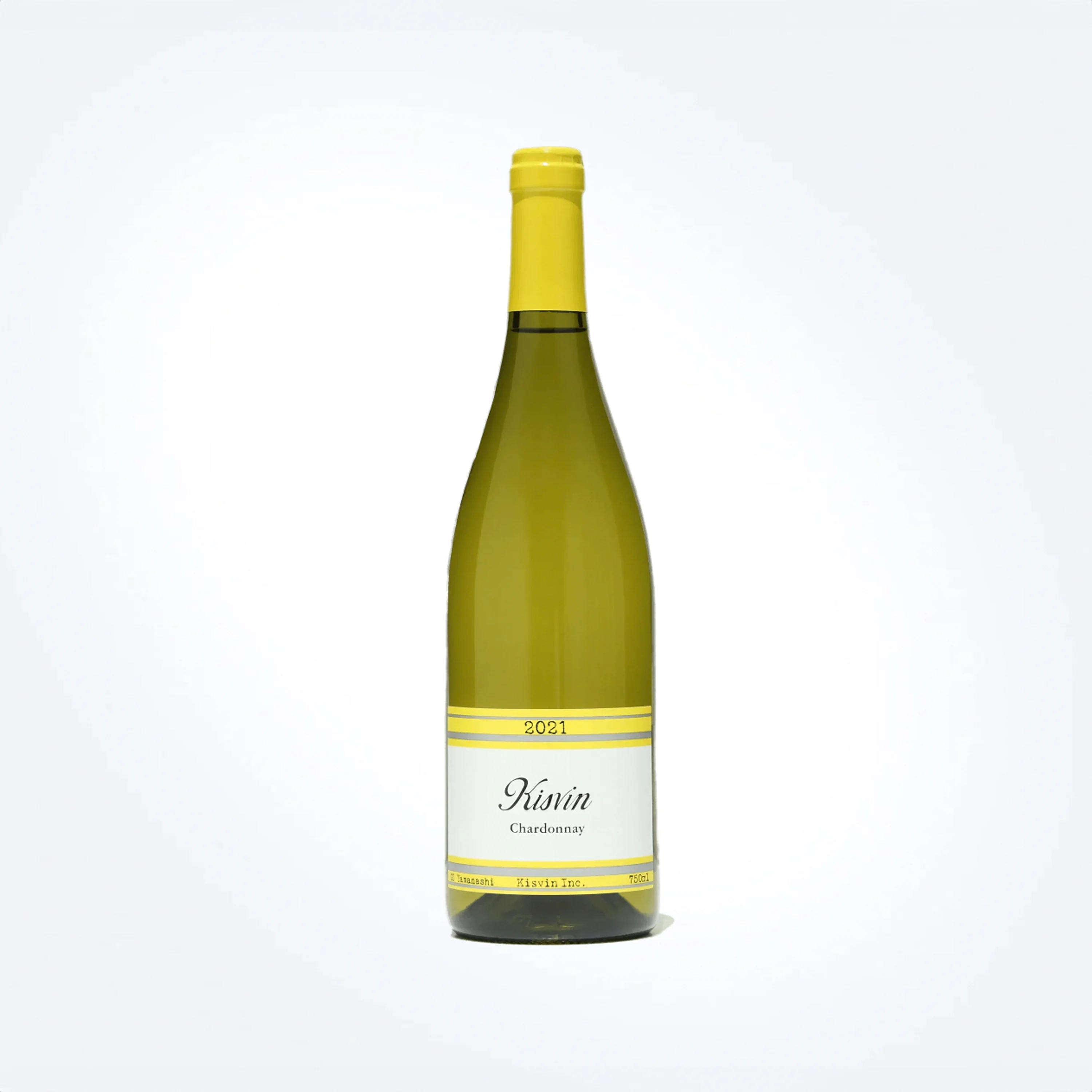Achievement
ANA International First Class
Gold Award Winner at the Japan Wine Challenge
On list
The Strings Hotel Tokyo InterContinental
Hoshino Resorts
THE THOUSAND KYOTO
On Media
NHK World “The philosophy of professional work”
Wine Spectator
GQ MAGAZIN
Kisvin Winery
Kisvin Koshu Sparkling
キスヴィン 甲州 スパークリング/キスヴィン・ワイナリー
"A sparkling wine that is always evolving, crafted by an up-and-coming winery. Its fine bubbles and the refreshing taste of Koshu grape enhance the flavor of dishes, making it a food-friendly taste."
Tasting note
Category
Wine
Type
Sparkling
Producer
Kisvin Winery
Production area
Japan Yamanashi Prefecture
Variety
Koshu (100%)
Fermentation
Stainless tank
Capacity
750 mL
ABV
12%
Recommended Pairings
Fried white fish, Sushi
Tasting from winery
The appearance is a lemon yellow hue. A strong and persistent fine bubble rises. From the glass, a refreshing aroma of pear, grapefruit, and citrus spreads, leaving an impression of a fresh scent. Upon tasting, a crisp acidity, along with umami and richness imparted by yeast, forms the backbone of the flavor. The aftertaste reveals a refreshing bitterness reminiscent of citrus, making it a bottle to be enjoyed with a meal.
About the producer
An up-and-coming winery that produces world-quality Japanese wine.
KISVIN Winery is located in Enzan, Koshu City, Yamanashi Prefecture. The third generation grape farmer, Yasuhiro Ogiwara, started cultivating grapes for wine around 2002 and supplied them to other wineries. His approach to grape cultivation incorporates concepts from plant physiology, such as photosynthesis and plant hormones. He also applies a scientific perspective, conducting detailed soil analyses and managing soil and fertilization based on these analyses, alongside implementing grass cultivation for field management. In 2013, he established the KISVIN Winery's own winemaking facility and began producing wine.
The winemaking is led by Mayu Saito. She aspired to winemaking during her university years, dropped out to move to the United States, and graduated from the winemaking program at California State University. Due to her excellent grades, she was selected as a winemaking assistant at the university's winery, where she also taught local students. She honed her skills at Domaine Jean Collet and Domaine Thierry Richoux, among others, and now oversees winemaking at KISVIN Winery.
A notable aspect of KISVIN Winery is the high quality of its grapes. Roofs are gradually installed over the Chardonnay fields from around May to protect them from rain, and each bunch of Koshu grapes is manually covered with a rain shield. This meticulous care ensures that the grapes in their fields are not wet even the day after rain.
In an industry where many producers are troubled by rain during the harvest season, KISVIN Winery's dedication to grape cultivation allows the grapes to fully ripen before harvest. This patience in waiting for the grapes to reach the desired maturity results in wines with remarkable richness and depth.
About the Production Area
Japan Yamanashi Prefecture
The Wine Kingdom of Japan
Yamanashi Prefecture is recognized as the heartland of Japanese wine, boasting the highest production volume and the largest number of wineries in the country. Often referred to as the birthplace of Japanese wine, the winemaking tradition in Yamanashi began approximately 140 years ago in Kofu. The advancement of grape cultivation, particularly in areas like Katsunuma and the former Enzan (now part of Koshu City), was favored by the significant temperature variations between day and night in the eastern part of the Kofu Basin. It was also in Yamanashi that major beverage manufacturers first established wineries.
Yamanashi leads Japan in both the quantity of wine produced and the number of wineries it hosts. The region is known for producing not only international grape varieties such as Merlot, Cabernet Sauvignon, and Chardonnay but also high-quality wines that reflect the unique terroir and individuality of each winery from indigenous Japanese grape varieties like Koshu and Muscat Bailey A. These indigenous varieties have been gaining attention in recent years for their unique characteristics and the high-quality wines they produce, which express the distinctiveness of Japan's wine culture and Yamanashi's rich winemaking heritage.
